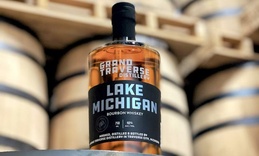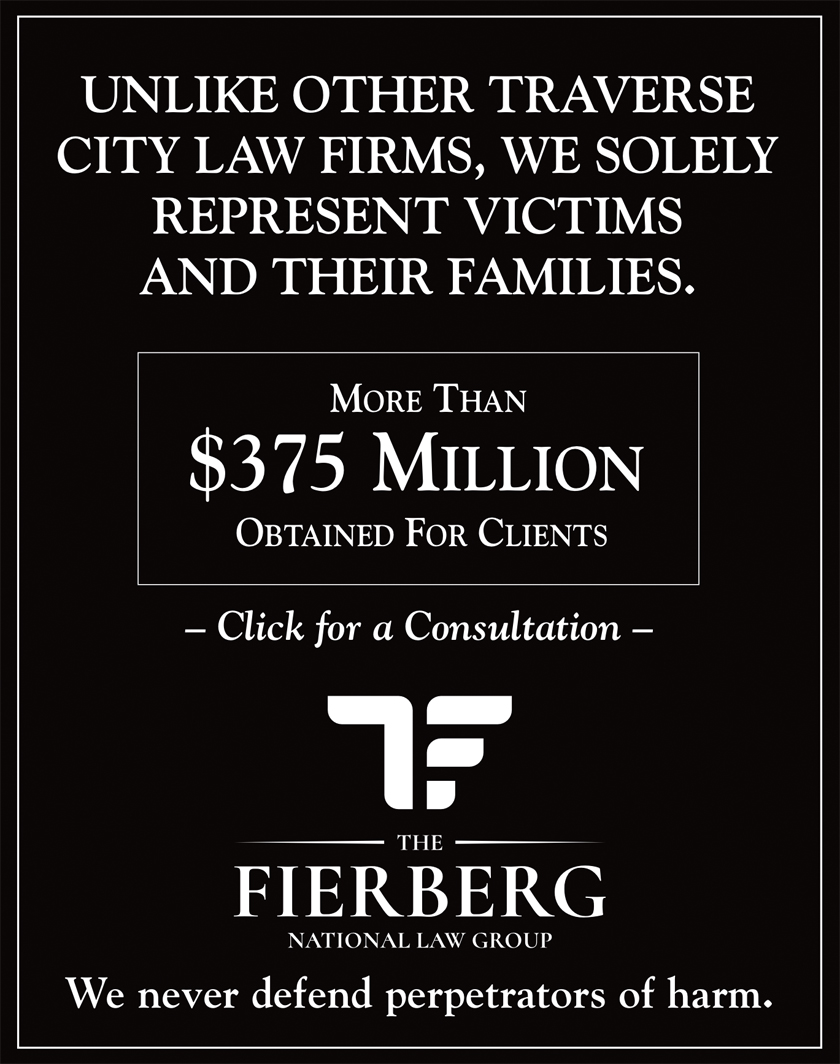Third Party Futility
Spectator
By Stephen Tuttle | Aug. 2, 2025
Elon Musk says he wants to start a third political party. We’ll take a short break here until you stop giggling.
The U.S. has been basically a two-party system since the mid 1850s, though some would claim we’ve been a two-party system since 1796 when John Adams—a member of the Federalist Party, which ultimately morphed into the Republican Party—became president.
First, some very brief history. George Washington had no party affiliation and remains the only person elected president as a true independent. That ended with his successor as John Adams was a Federalist, and then Thomas Jefferson was part of the Democratic-Republican Party, and political parties dominated thereafter.
The Democratic Party, with a distrust of the federal government and a belief in the sovereignty of states, was formalized in 1828 with Andrew Jackson as the first Democratic president. Jackson treated indigenous people horribly and believed the individual states should decide the issue of slavery, which he supported. The primary opposition to the Democrats were the Whigs, who believed in the supremacy of the constitution and rule of law.
The Republican Party, initially a coalition of Whigs, Free Soilers, and some disenchanted Democrats, was organized officially in 1854 in Ripon, Wisconsin. They were mainly opposed to the Kansas-Nebraska Act, which undid the Missouri Compromise and allowed both Kansas and Nebraska to decide for themselves if they wanted to be slave states. Abraham Lincoln was the first Republican president.
The two-party system just grew from there though both changed dramatically over time. Democratic Party was pro-slavery, while the early Republican Party, opposing slavery and concerned as they were about humanitarian issues, might even be considered “woke” today.
But the philosophies flipped over the issue of civil rights and in the 1950s, and 1960s southern Democrats had become pro-segregationists while the party was veering left. Republicans were veering right and southern Democrats switched parties, becoming conservative anti-integration Republicans while Democrats became the party of minorities and labor.
But there was still disaffection with both dominant parties, sometimes out of philosophical differences and sometimes more out of spite.
In 1912, after failing to secure the Republican presidential nomination, Teddy Roosevelt ran on the Progressive (aka Bull Moose) Party and garnered 27 percent of the popular vote and 88 electoral votes, the most of both by any third party candidate ever. Most historians believe Roosevelt’s efforts likely split Republican voters, leading to the election of Democrat Woodrow Wilson.
Fast-forward and the next somewhat successful effort, or at least one that generated some support, was that of former Alabama Governor George Wallace, who ran as the American Independent Party candidate in 1968 and generated nearly 10 million popular votes and earned 45 electoral votes while winning the states of Arkansas, Louisiana, Mississippi, Alabama and Georgia.
(Wallace, at the time an unrepentant racist, ran as a Democrat in 1972, was shot several times in May, but then won primary elections in both Michigan and Maryland the next day. The shooting left Wallace paralyzed and in pain but also led him to an epiphany about race, acknowledging he had been wrong.)
In 1992, Texas billionaire H. Ross Perot ran for president as an independent and won 19 percent of the popular vote, though he was not able to win a single state or an electoral vote. Perot claimed his candidacy would doom either the Republican or Democratic Party, but both survived easily. However, much of his rhetoric about the economy, including the notion that the “giant sucking sound” would be jobs outsourcing to Mexico, were at least close to correct. And many believe his candidacy swung the balance of the election away from George H.W. Bush and toward Bill Clinton.
In 1995, Perot created the Reform Party, which gained far less traction than did his efforts as an independent candidate. (Bet you didn’t know or don’t remember that in 2000 Donald Trump briefly ran for president as a Reform Party candidate. He lost, but he might now claim he won.)
The old third party standbys of the Green Party and the Libertarian Party are still with us and still making good faith efforts to at least be heard. Locally, Tom Mair became perhaps the only third party candidate to be elected to anything recently when he won a seat on the Grand Traverse County Board of Commissioners as a member of the Green Party.
There is also the Forward Party created by Chris Christie and Christine Whitman and something called the No Labels Party. Both founded in 2024 promising to offer positive alternatives to the currently damaged two-party system, but neither fielded a presidential candidate.
A third political party is not likely to be another Elon Musk success. Like the occasional SpaceX failure, it might not even get off the launch pad.
Trending

Three Holiday Shopping Sprees (and Trees!)
Head north of the 45th parallel this weekend for three chances to get all your holiday shopping done weeks before you’… Read More >>
Writing a Heartfelt Card
They say that letter writing is a lost art, but Thrive 45° Young Professionals Group and the Petoskey Chamber are hoping… Read More >>
Distillery Ups and Downs of 2025: Craft Spirits Industry Is Shifting, but Not Shaken
In late October, scores of people bellied up to the bar to sample a variety of spirits made at Northern Latitudes’ new… Read More >>


